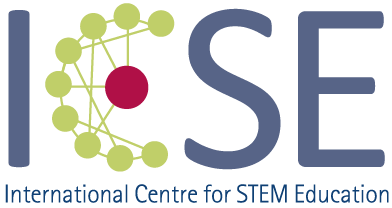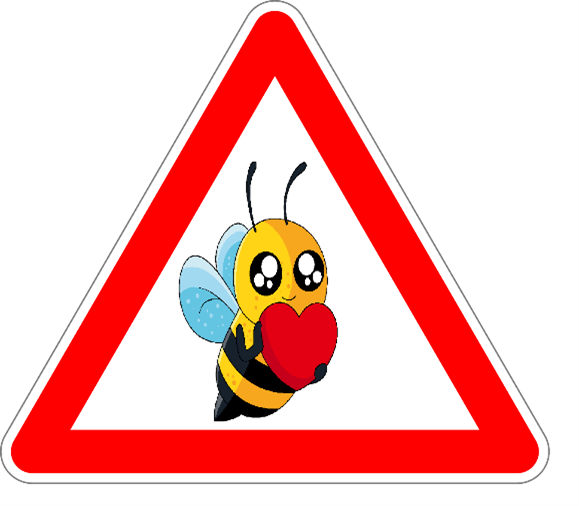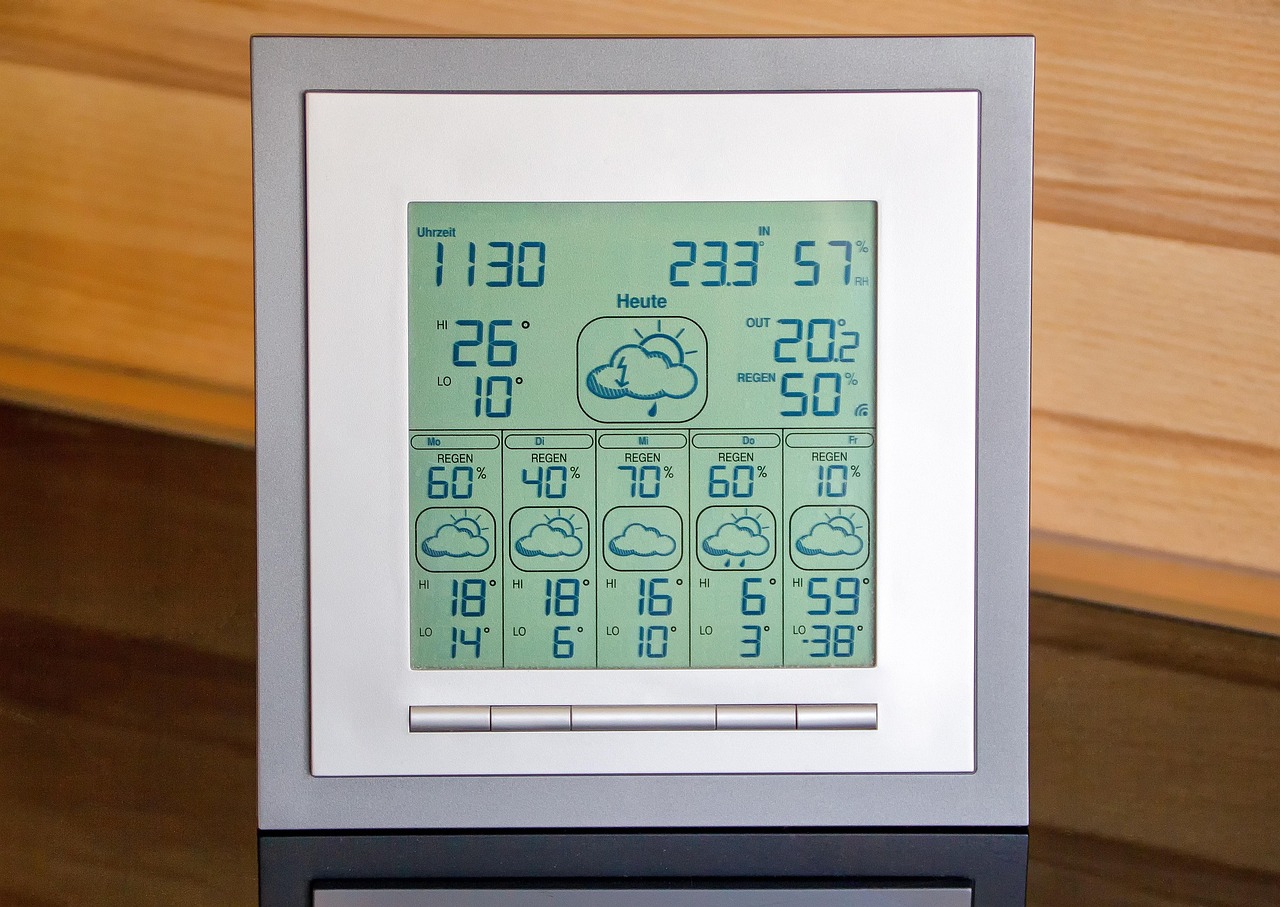
Your birthday is a very special day of the year. Hopefully the weather will be fine so you can do special things: throw snowballs, have a garden-party in the sun, enjoy the colored leaves on a forest hike or fly…
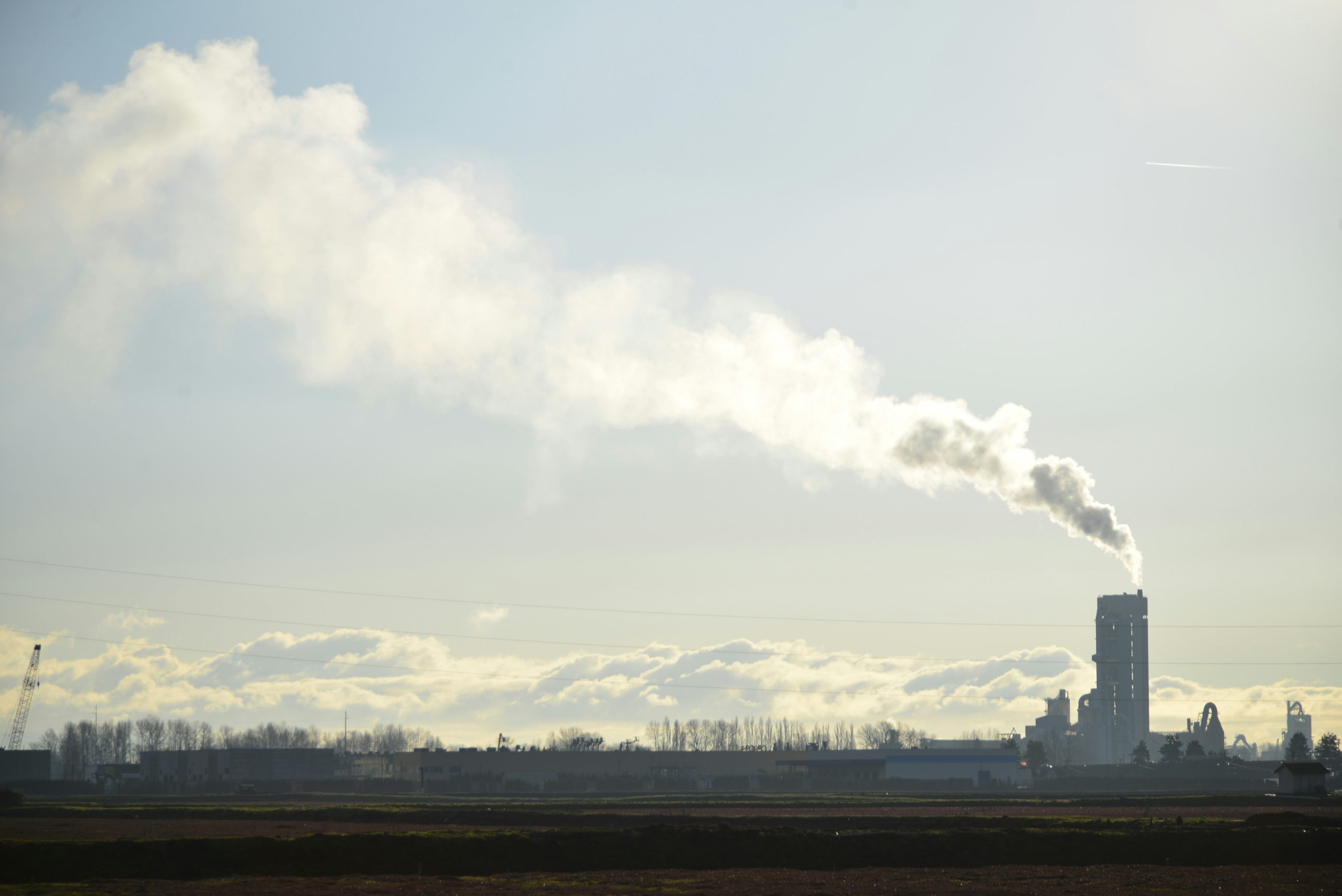
CO₂, climate crisis – everyone knows by now that we have a problem. To deal with it properly, we also need to understand the math behind it. The greenhouse gases that make our earth warmer stay in the atmosphere for…

Being one of our five senses, humans heavily rely on their sight, making vision and visibility important aspects of our daily lives. Good sight is an important safety issue, especially when driving or cycling at night, when lots of people…
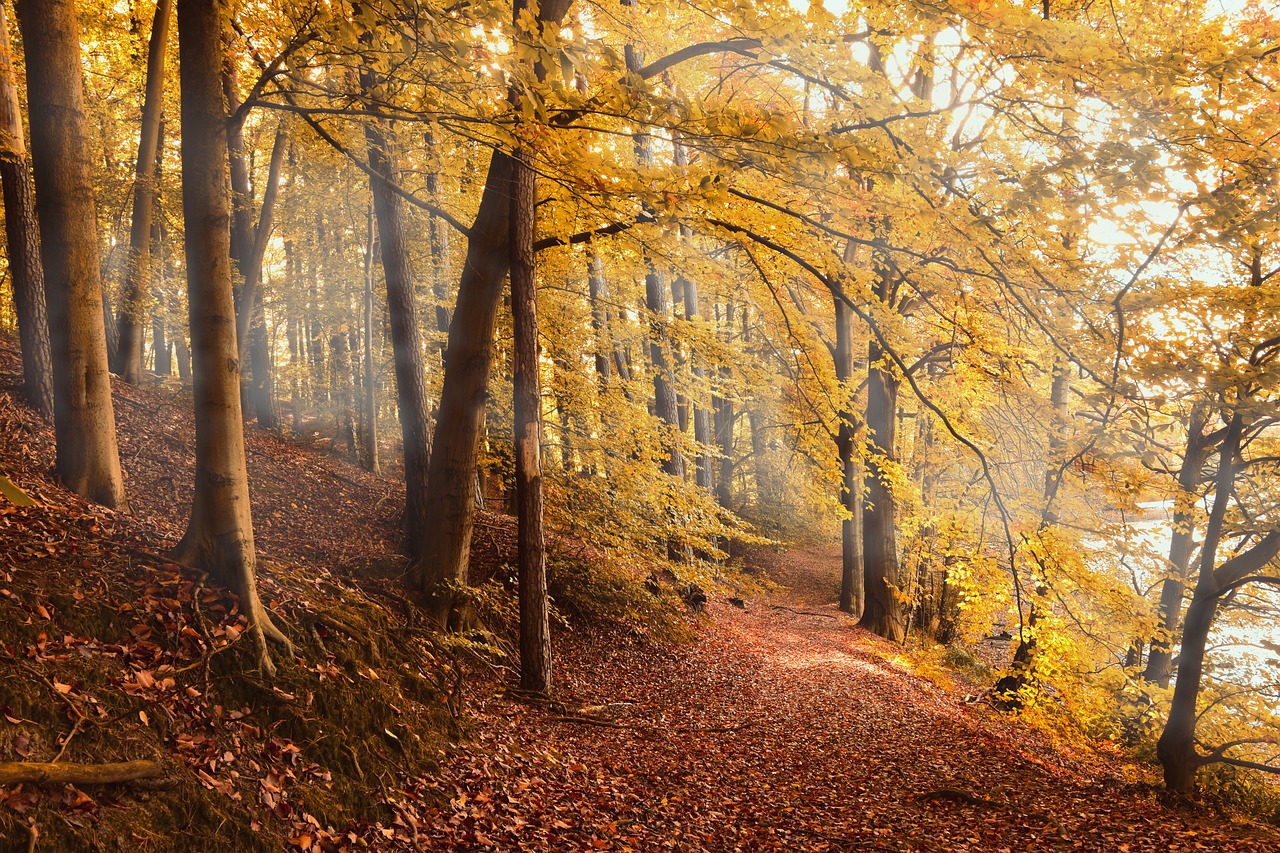
Now that it’s autumn time, it’s striking once again how much nature changes with the seasons – crazy, isn’t it? All of a sudden chestnuts or walnuts fall from the trees, which can be collected, the leaves change color, mushrooms…

Spring is here, holidays are approaching and as an end-of-exams celebration, students and their families throw a lot of confetti over the celebrating ones. Confetti is difficult to clean up and often end up in the stormwater in shape of micro…
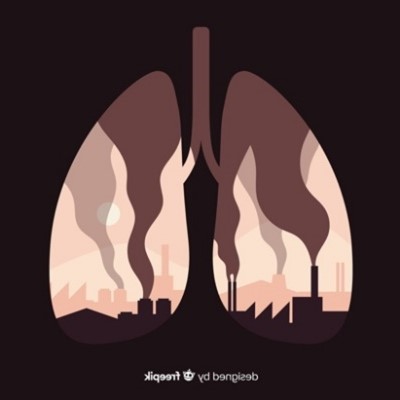
According to World Health Organization (WHO), more than seven million people die every year due to air pollution. Air pollutants arise from a wide variety of natural processes (e.g. forest fires, volcanoes, and bacteria) and human activities (use of motor…
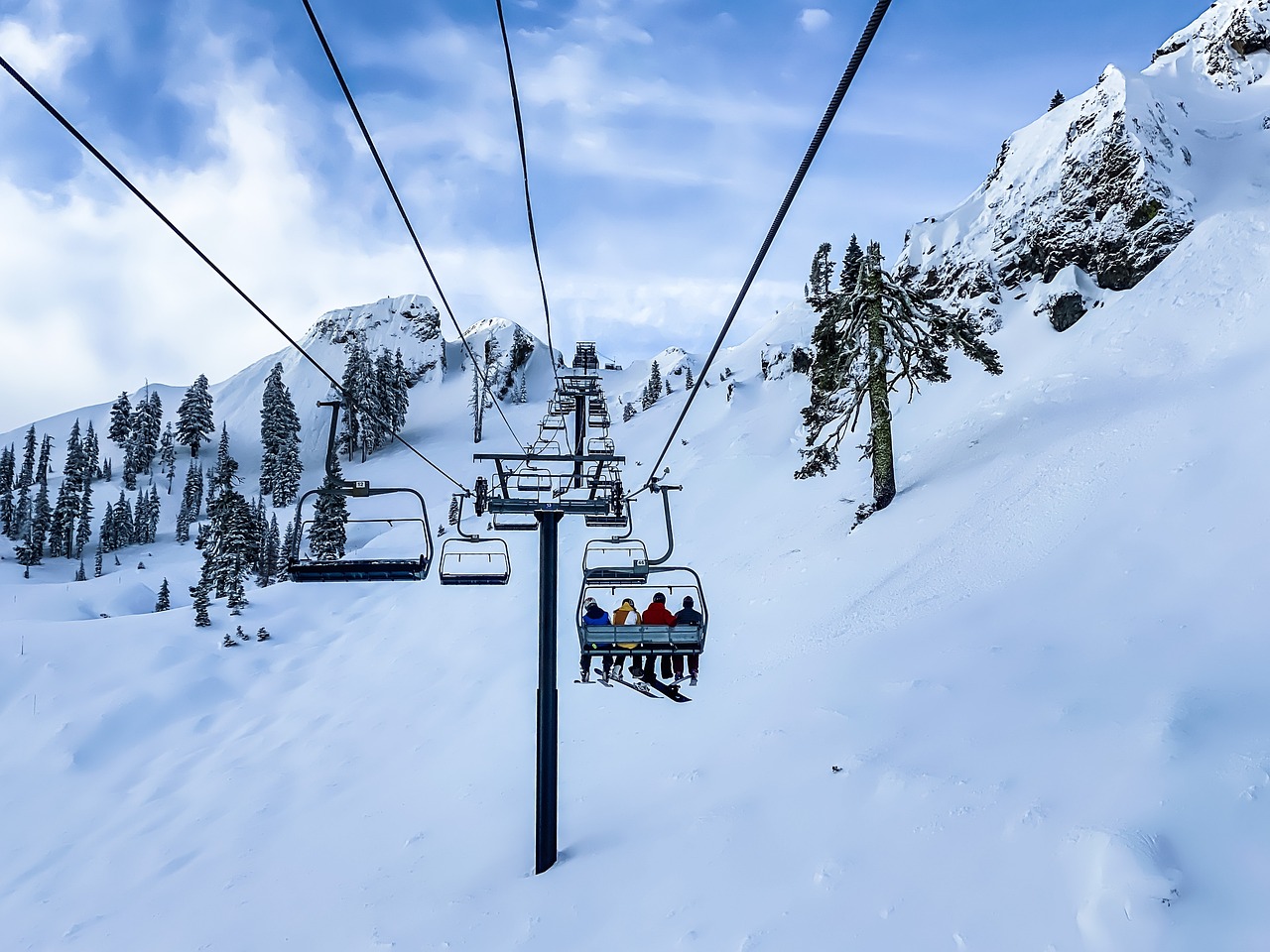
Snowy white winter is a beautiful season. A sunny winter day, when the outdoor temperature is a little below zero, attracts to outdoor winter sports. Which one do you choose? Do you like to slide down the slopes on skis…
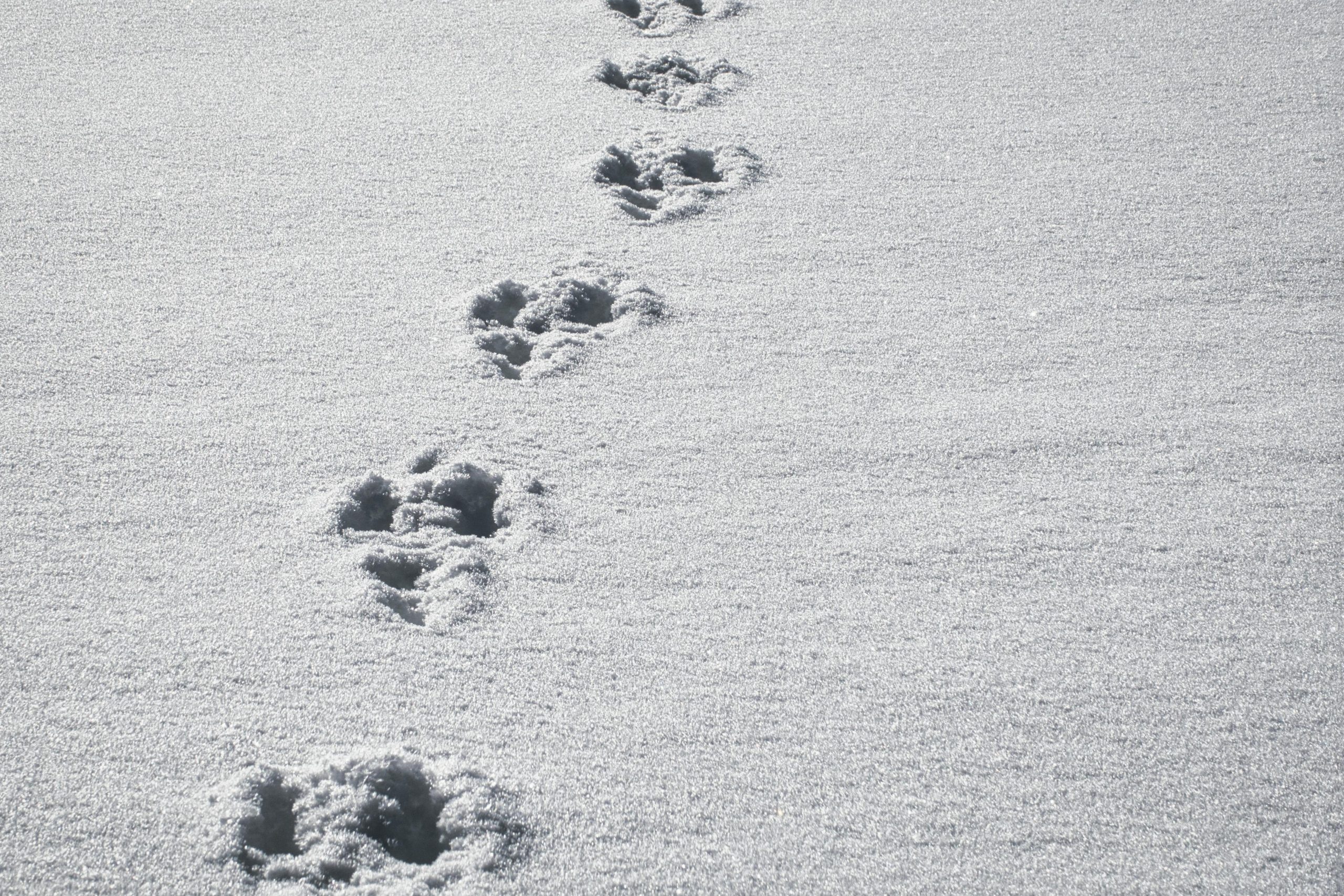
Summer or winter, spring or autumn… Probably you have all seen them in the sand, soil or snow; animal footprints! But what can they tell us? Have a look at the drawing below. Based on what you know about animals,…
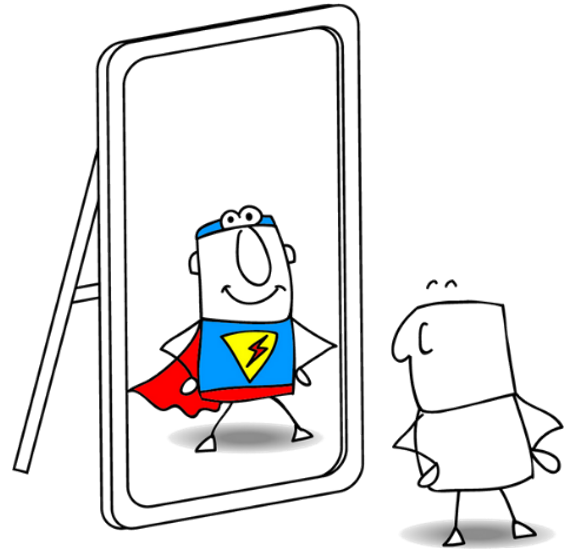
… I think you’re not working properly anymore! We all know this scenario: We don’t leave the house without a critical glance in the mirror. Scientists have long since known that how we perceive our outer appearance relies mainly on…
